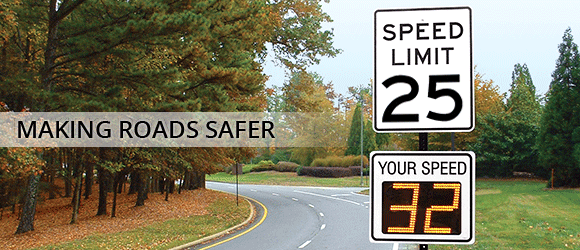 Usually, speed humps slow traffic. That is their very purpose. However, the informed recognize that there are tradeoffs to using this type of vertical traffic calming device. The residents living on Ruth Avenue in Clifton, NJ are in need of an effective traffic calming plan. Drivers frequently use their neighborhood street to avoid a heavily trafficked thoroughfare. Those motorists often speed down Ruth Avenue, leaving neighbors worried that it is only a matter of time before someone gets hurt.
Usually, speed humps slow traffic. That is their very purpose. However, the informed recognize that there are tradeoffs to using this type of vertical traffic calming device. The residents living on Ruth Avenue in Clifton, NJ are in need of an effective traffic calming plan. Drivers frequently use their neighborhood street to avoid a heavily trafficked thoroughfare. Those motorists often speed down Ruth Avenue, leaving neighbors worried that it is only a matter of time before someone gets hurt.
As part of a study examining the impact of traffic calming measures, temporary speed humps were installed on this street. To gauge the effectiveness of the humps, the number and speed of cars was recorded. Results were inconclusive. Observations from a reporter confirmed the the city’s findings, as a number of cars drove well above the 25 mph speed limit. And some didn’t even slow down while driving over the bumps.
While the study didn’t support a permanent speed hump installation, some residents still wanted them. However, of the residents in support of the speed humps, only one was okay with having one installed in front of his home. The noise from vehicles traversing the speed humps was a problem for the other residents.
Driver feedback signs from Radarsign™ are scientifically proven to slow drivers quietly. Using a psychological concept called the feedback loop, radar speed signs actually change driver behavior. This concept acknowledges that when drivers are provided information about their actions in real time and they are given an opportunity to change their actions, they are likely to choose better behaviors.
Charlie Robeson: Radarsign™ Co-founder & Director of Sales and Marketing


